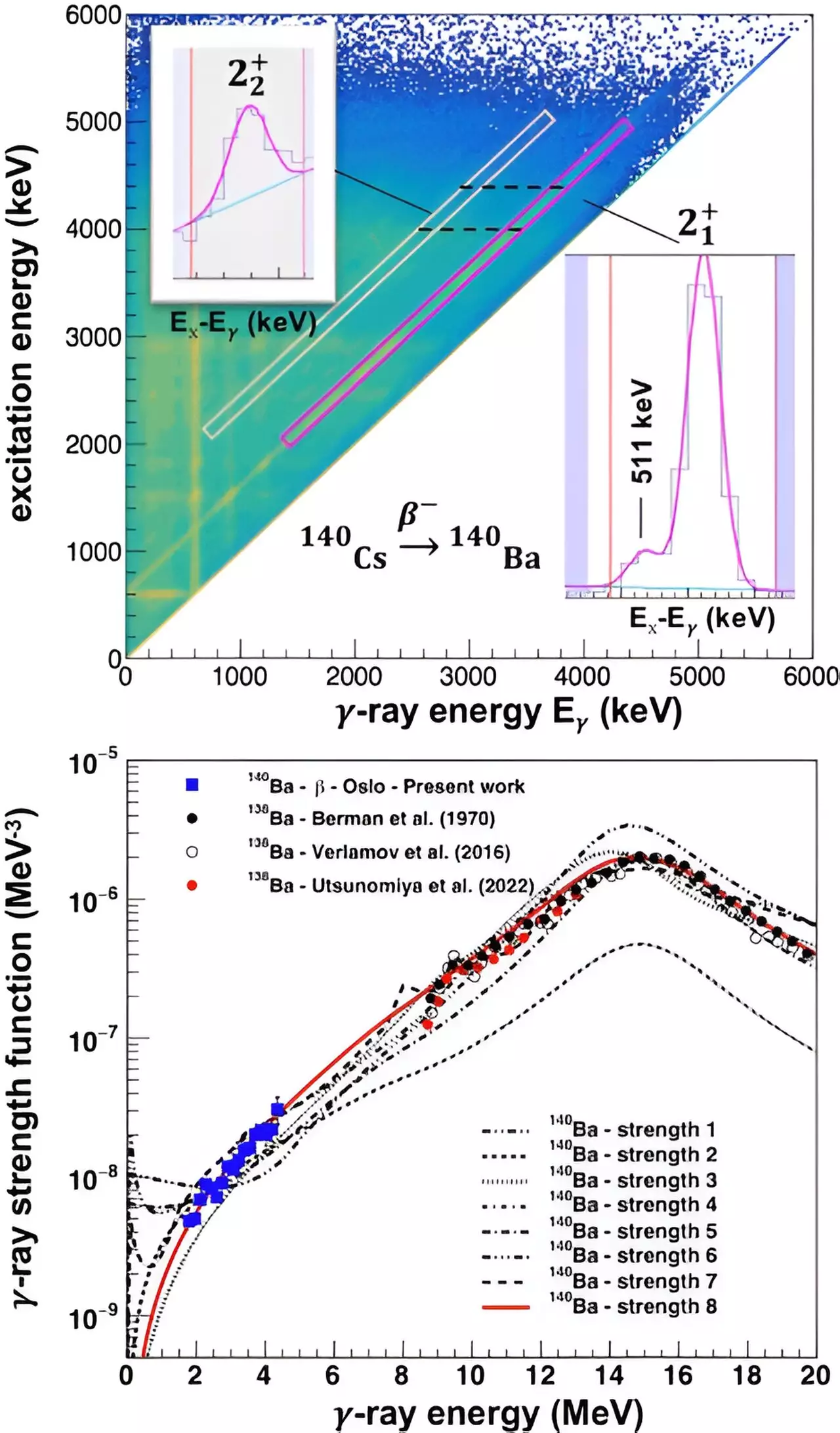The mysteries surrounding the birth and death of stars have long captivated both scientists and enthusiasts alike. Stars are not mere celestial bodies; they are nuclear furnaces converting hydrogen into helium and, in more massive stars, forging heavier elements through nuclear fusion. Yet, the intricate processes governing how these luminous giants are formed and ultimately extinguished remain a topic of vigorous exploration and debate. Central questions abound: What mechanisms govern their life cycle? How do they manage to burn for billions of years? And, crucially, how do they generate the elements that comprise our universe? Recent advances in experimental astrophysics have provided tantalizing clues to these enduring mysteries, aiding our comprehension of the cosmos’ elemental fabric.
Recently, an international collaboration involving researchers from the U.S. Department of Energy’s Argonne National Laboratory has shed light on the formation of some heavy elements in stars. Their work, published in the journal *Physical Review Letters*, marks a significant step towards answering deep-seated questions regarding our cosmic origins and the processes that shape the universe’s elemental structure. The team notably focused on barium isotopes, specifically how barium-139 reacts to create barium-140 through neutron absorption.
In the context of astrophysical research, isotopes are variants of an element that contain the same number of protons but differ in neutron numbers, leading to different atomic weights. Understanding the reaction rates of these isotopes is paramount, as they play a critical role in the predictive models that estimate the presence of heavy elements within stars. Utilizing advanced facilities like CARIBU, which generates high-purity radioactive ion beams, the team was able to measure these reactions in unprecedented detail.
The field of nucleosynthesis—the process by which new atomic nuclei are formed—has traditionally been categorized into rapid (“r”) and slow (“s”) processes. The “r” process is believed to occur in environments characterized by extreme conditions, such as supernovae, leading to the swift creation of heavy elements. In contrast, the “s” process unfolds over much longer timescales and is largely associated with older stars nearing the end of their lifecycle.
Recent astronomical observations have, however, suggested the existence of an additional pathway: the intermediate or “i” process. This hypothesis arose after scientists observed stars that appeared poor in metals yet exhibited unusual abundances of specific elements. By investigating this proposed “i” process, researchers hope to gain insights into the origins of elements found naturally on Earth, which we often interact with daily yet remain largely unaware of their cosmic heritage.
The challenge in studying the formation of elements like barium lies in their ephemeral nature, specifically the short half-life of barium-139, which stands at only 83 minutes. The research team ingeniously overcame this obstacle through innovative experimental techniques, including using a beam of cesium-140—a stable isotope that decays into barium-140. By detecting the gamma rays emitted during this decay, they were able to indirectly calculate the reaction rate between barium-139 and neutrons, leading to a clearer understanding of neutron capture processes.
As Guy Savard, the director of the ATLAS facility, highlights, the techniques employed necessitate high-intensity, high-purity beams. Thanks to CARIBU’s capabilities, researchers can expand their knowledge of neutron-rich isotopes further, paving the way for future studies to explore the nuances of the “i” process.
Future Directions and Implications
Equipped with new findings, researchers are set to continue their explorations, utilizing upcoming upgrades like nuCARIBU to deepen their understanding of neutron capture and its role in star formation. The planned series of experiments aims to extend the parameters of their research to encompass a broader range of neutron-rich isotopes, which will unveil more about the complexities underpinning elemental creation in the universe.
As scientists push the boundaries of our knowledge, we inch closer to uncovering the cosmic narrative that chronicles the birth and lifecycle of stars. Each discovery allows us to connect the dots back to an intricate tapestry woven over billions of years, influencing not only the composition of celestial bodies but also the very nature of life on Earth. The journey to comprehensively understand how stars shape our universe is far from an end point; it is a continuous exploration filled with endless wonder and discovery.

